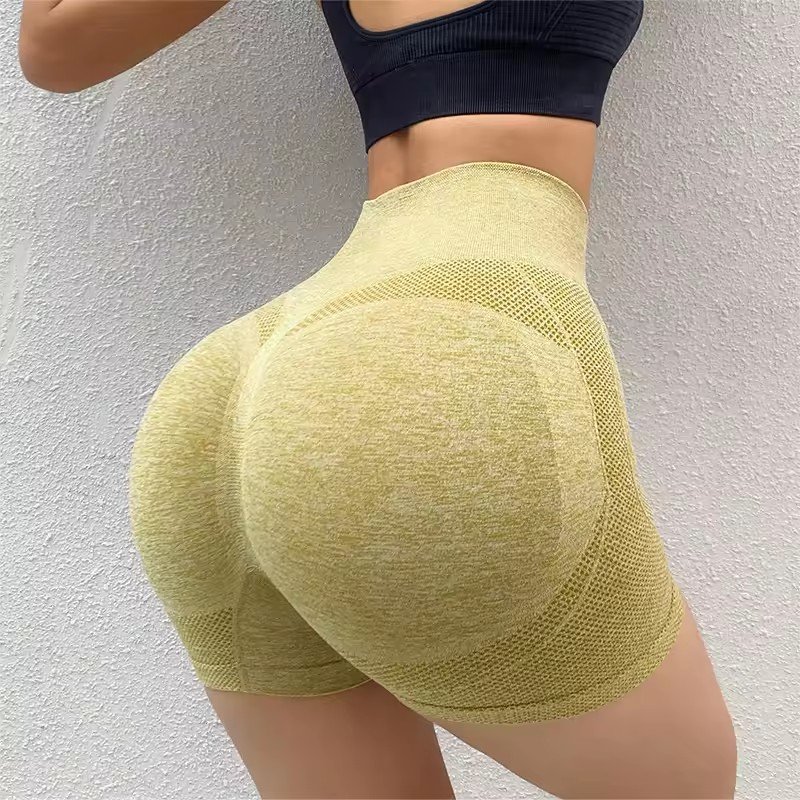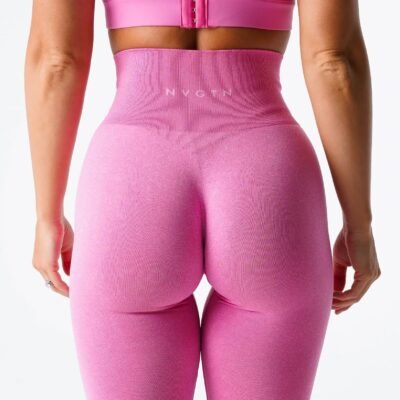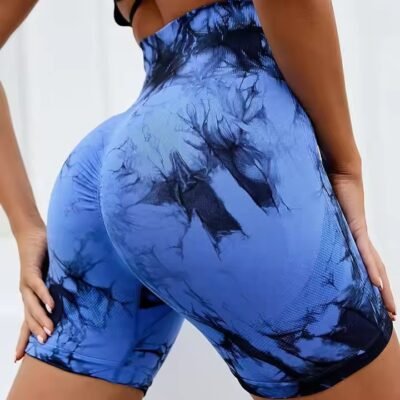Understanding the Production Process of Seamless Yoga Clothing

Introduction
In recent years, seamless yoga clothing has gained popularity due to its comfort, durability, and aesthetic appeal. Unlike traditional cut-and-sew garments, seamless yoga clothing is crafted using advanced knitting technology, resulting in garments without seams, providing a second-skin fit. This article delves into the intricate production process of seamless yoga clothing, shedding light on the technologies and techniques that make these garments a favorite among fitness enthusiasts.
1. The Basics of Seamless Technology
Seamless technology, as the name suggests, involves creating garments without the use of seams. Traditional garments are made by cutting fabric pieces and sewing them together, which can sometimes result in bulky seams that may cause discomfort. Seamless garments, on the other hand, are made using circular knitting machines that produce a continuous tube of fabric, eliminating the need for side seams. This method not only enhances comfort but also allows for greater flexibility and freedom of movement.
2. Materials Used in Seamless Yoga Clothing
The production of seamless yoga clothing begins with selecting the appropriate materials. These garments are typically made from a blend of synthetic fibers like nylon, polyester, and elastane (spandex). Nylon and polyester provide durability, moisture-wicking properties, and resistance to wear and tear. Elastane, also known as spandex, offers the stretch and recovery needed to maintain the garment’s shape during rigorous physical activity. The combination of these fibers ensures that seamless yoga clothing is both functional and comfortable.
3. The Knitting Process
Once the materials are selected, the knitting process begins. Seamless yoga clothing is created using circular knitting machines, which are designed to knit fabric in a continuous, tubular form. The process involves the following steps:
- Yarn Preparation: The chosen yarns are prepared by winding them onto cones that can be fed into the knitting machines. The yarn must be of high quality, as any inconsistencies can affect the final product’s durability and appearance.
- Circular Knitting: The yarns are fed into circular knitting machines that can produce fabric in various patterns and textures. These machines are programmed to knit specific designs directly into the fabric, such as ribbing for waistbands or ventilation zones for breathability. The machines can also create different levels of compression within the same garment, providing targeted support where needed.
- Fabric Inspection: After the fabric is knitted, it undergoes a thorough inspection to ensure there are no defects. Any imperfections in the fabric, such as missed stitches or yarn inconsistencies, are identified and rectified before the garment moves on to the next stage.
4. Dyeing and Finishing
Once the fabric is inspected, it is ready for dyeing. The dyeing process involves immersing the fabric in large vats of dye, where it is treated to achieve the desired color. Seamless yoga clothing often features vibrant, long-lasting colors, which are achieved through high-quality dyes and careful control of the dyeing process.
After dyeing, the fabric is finished to enhance its performance characteristics. This can include treatments to improve moisture-wicking properties, increase softness, or add anti-bacterial and anti-odor features. The fabric is then heat-set to ensure it maintains its shape and size during washing and wearing.
5. Cutting and Shaping
Although seamless garments are primarily constructed without seams, some cutting and shaping are necessary to create specific designs or to attach certain elements like waistbands or cuffs. Advanced laser cutting technology is often used to ensure precision and prevent fraying. This step is crucial for maintaining the garment’s structural integrity and ensuring it fits perfectly.
6. Quality Control
Quality control is a critical part of the production process for seamless yoga clothing. Every garment undergoes rigorous testing to ensure it meets the highest standards of quality and performance. This includes checking the fabric’s elasticity, colorfastness, and overall construction. Any garments that do not meet the required standards are either reworked or discarded.
7. Packaging and Distribution
After passing quality control, the seamless yoga garments are packaged and prepared for distribution. Packaging is designed to protect the garments during transit while also being eco-friendly. Many companies are now adopting sustainable packaging solutions to reduce their environmental impact.
8. The Future of Seamless Yoga Clothing
The seamless technology behind yoga clothing continues to evolve, with innovations focusing on enhancing performance, sustainability, and customization. As technology advances, we can expect to see even more functional and stylish seamless yoga garments that cater to the diverse needs of consumers.
Conclusion
The production process of seamless yoga clothing is a fascinating blend of advanced technology and meticulous craftsmanship. From selecting the right materials to ensuring the final product meets the highest quality standards, each step is crucial in creating garments that offer comfort, functionality, and style. As seamless technology continues to advance, the future of yoga clothing looks promising, with more innovations on the horizon to meet the demands








